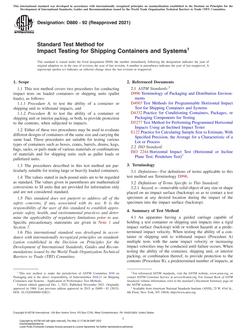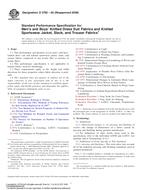1.1 This guide describes a generic framework for developing a cost-effective risk mitigation plan for new and existing constructed facilities–buildings, industrial facilities, and other critical infrastructure. This guide provides owners and managers of constructed facilities, architects, engineers, constructors, other providers of professional services for constructed facilities, and researchers an approach for formulating and evaluating combinations of risk mitigation strategies.
1.2 This guide insures that the combinations of mitigation strategies are formulated so that they can be rigorously analyzed with economic tools. Economic tools include evaluation methods, standards that support and guide the application of those methods, and software for implementing the evaluation methods.
1.3 The generic framework described in this guide helps decision makers assess the likelihood that their facility and its contents will be damaged from natural and man-made hazards; identify engineering, management, and financial strategies for abating the risk of damages; and use standardized economic evaluation methods to select the most cost-effective combination of risk mitigation strategies to protect their facility.
1.4 The purpose of the risk mitigation plan is to provide the most cost-effective reduction in personal injuries, financial losses, and damages to new and existing constructed facilities. Thus, the risk mitigation plan incorporates perspectives from multiple stakeholders–owners and managers, occupants and users, and other affected parties–in addressing natural and man-made hazards.
Product Details
- Published:
- 09/15/2006
- Number of Pages:
- 12
- File Size:
- 1 file , 160 KB


